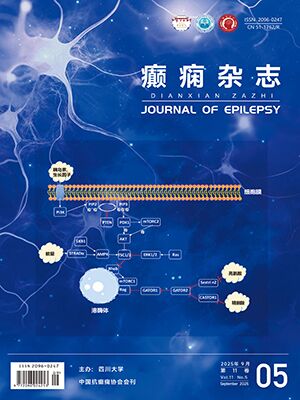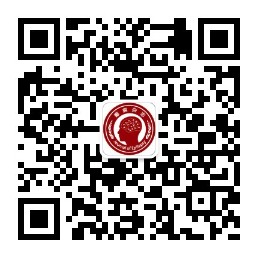| 1. |
Kharatishvili I, Pitknen A. Posttraumatic epilepsy. Curr OpinNeurol, 2010, 23(2): 183-188.
|
| 2. |
黃勝英, 謝世榮, 黃彩云, 等. 酸棗仁皂甙的鎮靜作用研究. 大連大學學報, 2002, 23(4): 90-92.
|
| 3. |
封洲燕, 郭殿武, 蘇松, 等. 酸棗仁皂甙A 鎮靜和抗驚厥作用試驗. 浙江大學學報(醫學版), 2002, 31(2): 103-106.
|
| 4. |
Wang C, You ZL, Xia Q, et al. Upregulation of mark3 and rpgrip1 mRNA expression byjujuboside a in mouse hippocampus. Acta Pharmacol Sin, 2007, 28(3): 334-338.
|
| 5. |
Cotter D, Kelso A, Neligan A. Genetic biomarkers of post traumatic epilepsy: a systematic review. Seizure, 2017, 9(46): 53-58.
|
| 6. |
Mecozzi M, Sturchio E, Boccia P, et al. Molecular and structural changes induced by essential oil treatments in Vicia faba roots detected by FTIR and FTNIR spectroscopy. Environ Sci Pollut Res Int, 2017, 24(6): 5305-5315.
|
| 7. |
游宇, 徐如祥. 創傷性癲癇發病機制研究新進展. 中華神經醫學雜志, 2015, 14(1): 94-97.
|
| 8. |
Mcdonald JW, Johnston MV. Physiological and pathophysiological roles of excitatory amino acids during central nervous system development. Brain Research Reviews, 1990, 15(1): 41-70.
|
| 9. |
Sommer B, Seeburg PH. Glutamate receptor channels: novel properties and new clones. Trends in Pharmacological Sciences, 1992, 13(7): 291-296.
|
| 10. |
Hattori H, Wasterlain CG. Excitatory amino acids in the developing brain: ontogeny, plasticity, and excitotoxicity. Pediatric neurology, 1990, 6(4): 219-228.
|
| 11. |
榮春蕾, 代永霞, 崔瑛. 酸棗仁對陰虛小鼠焦慮行為的影響. 中藥材, 2008, 31(11): 1703-1705.
|
| 12. |
鄧偉, 唐其柱, 李欣, 等. 酸棗仁皂苷A對大鼠心室肌細胞L-型鈣通道的影響. 武漢大學學報(醫學版), 2009, 30(3): 299-302.
|
| 13. |
王超. 酸棗仁中有效成分的提取及在大鼠體內的吸收研究. 天津商業大學, 碩士研究生學位論文, 2011: 1-88.
|
| 14. |
王平, 王晨, 樓一層. 冰片、川芎對復方舒郁健腦方劑透過血腦屏障的作用研究. 湖北中醫藥大學學報, 2011, 13(5): 21-23.
|




